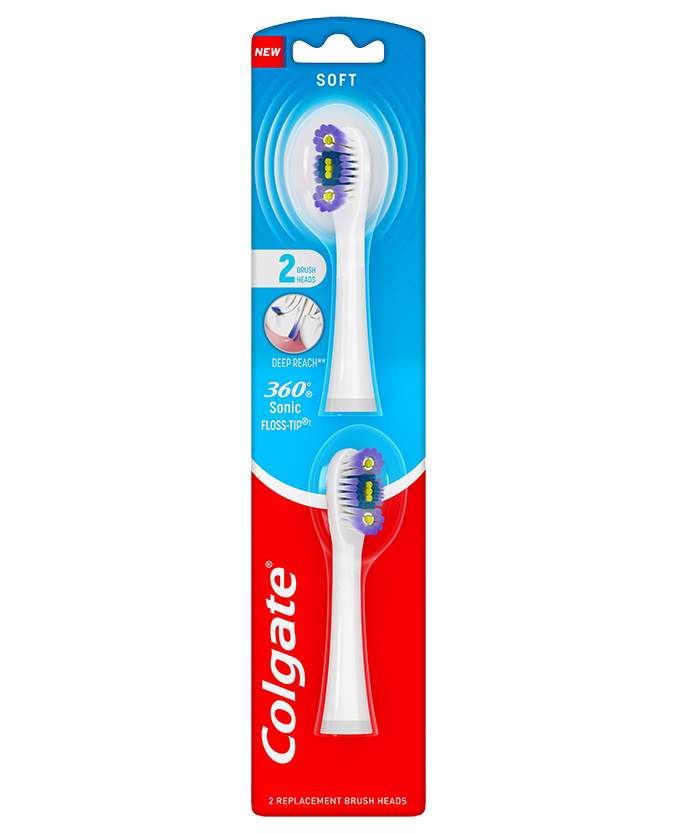What Happens After Hydrocele Surgery? Recovery Tips
Following hydrocele surgery, it’s essential to understand what to expect during the recovery process to ensure a smooth and swift return to normal activities. Hydrocele surgery, also known as hydrocelectomy, is a procedure to remove a hydrocele, which is an accumulation of serous fluid in a body cavity, particularly in the tunica vaginalis testis or along the spermatic cord. This condition can cause swelling, discomfort, and pain, significantly impacting a person’s quality of life. The recovery process is crucial for healing and preventing complications.
Immediate Post-Surgery (First Few Hours)
Immediately after the surgery, patients are taken to the recovery room where they are monitored for a few hours. During this time, it’s common to feel groggy from the anesthesia, and there might be some discomfort, pain, or swelling in the scrotal area. The medical team will manage pain and discomfort with medication. It’s essential to follow the instructions provided by the healthcare team regarding pain management, wound care, and activity level.
First Few Days
In the first few days following hydrocele surgery, patients can expect:
- Pain and Discomfort: There will be some degree of pain or discomfort, which can be managed with pain medications prescribed by the doctor.
- Swelling and Bruising: It’s normal to experience swelling and bruising in the scrotal area, which should gradually reduce over time.
- Diet: Stick to a light diet initially and gradually return to normal meals as comfort dictates.
- Activity Level: Rest is important, especially in the first few days. Avoid strenuous activities, heavy lifting, and bending.
- Wound Care: Follow the specific instructions given regarding wound care and dressing changes to prevent infection.
- Showering and Bathing: Generally, patients can shower after a couple of days, but submerging the surgical site in water (like taking a bath) should be avoided until the wound is fully healed.
Recovery Timeline
The recovery timeline can vary from person to person, but here is a general outline:
- Week 1-2: Most of the swelling and bruising should start to resolve. Patients can gradually increase their activity levels but should still avoid heavy lifting, bending, or strenuous exercise.
- Week 3-4: By this time, most men can return to their normal activities, including work and light exercise. However, it’s crucial to listen to the body and not overexert.
- Week 6 and Beyond: Full recovery is typically achieved, and patients can resume all activities, including heavy exercise and sexual activity, once cleared by their doctor.
Recovery Tips
To ensure a smooth and effective recovery:
- Follow Doctor’s Instructions: Adhere strictly to the post-operative instructions provided by the healthcare team, including medication schedules and follow-up appointments.
- Rest: Adequate rest is crucial, especially in the initial recovery period.
- Ice Packs: Applying ice packs to the scrotal area can help reduce swelling and ease discomfort.
- Elevate the Scrotum: When lying down, placing a towel under the scrotum to elevate it can help reduce swelling.
- Monitor for Infection: Keep an eye out for signs of infection such as increased redness, swelling, warmth, or pus from the incision site, and report them immediately to the healthcare provider.
- Supportive Underwear: Wearing supportive underwear can provide comfort and reduce strain on the surgical site.
- Stay Hydrated and Eat Well: Maintain a healthy diet and stay well-hydrated to support the healing process.
Potential Complications
While rare, potential complications can include infection, bleeding, reaction to anesthesia, and recurrence of the hydrocele. If any unusual symptoms or concerns arise, it’s essential to contact the healthcare provider immediately.
Understanding the recovery process and following the provided guidelines can significantly impact the healing process and overall outcome of hydrocele surgery. By being informed and proactive, patients can minimize the risk of complications and ensure a successful recovery.
What are the common signs of infection after hydrocele surgery?
+Common signs of infection include increased redness, swelling, warmth, or pus from the incision site, fever, and worsening pain that is not relieved by prescribed pain medication. If any of these symptoms occur, it’s crucial to contact the healthcare provider immediately.
How long does it take to fully recover from hydrocele surgery?
+Full recovery from hydrocele surgery typically takes about 6 weeks. However, this can vary among individuals, and the ability to return to normal activities, including work and exercise, should be based on specific guidance from the healthcare provider.
Can hydrocele recur after surgery?
+Although rare, recurrence of hydrocele after surgery is possible. The risk can be minimized by following post-operative instructions carefully and attending all follow-up appointments with the healthcare provider.


